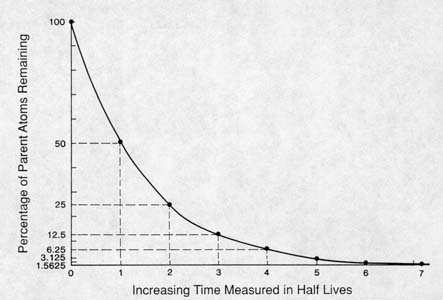There has recently been a fair bit of discussion online about immersive theatre, and what the implications might be for exhibitions (helpfully summarised on Ed Rodley’s blog). One thing that has struck me about this discussion is that people seem to fall into one of two camps: those who cheerfully check their inhibitions at the door, go with the flow and lose themselves in the moment; and others who are consumed by anxiety at not knowing where the whole experience is headed and whether they’re going to miss the most important bit because there’s no obvious route to find it. These are ideas I’ve circled around a couple of times in different contexts over the past few months – firstly in considering meaning making versus meaning reading, and later in a discussion on exhibition layouts.
It seems some people delight in the serendipity of not knowing what’s coming next, while others need their signposts – without them, they feel cast adrift.
This raises a couple of questions for me – are these two inherently different kinds of people, or do circumstantial factors (e.g., audience expectations, social context, design of the setting, how an experiences is framed from the outset) play a significant role?
The answers to these questions have important implications for visitor psychology in general and exhibition design in particular. If we are dealing with distinct personality types, how can they both be accommodated in a given exhibition experience? Is this even possible? If circumstantial factors are important, then which ones? How can we orchestrate experiences and design spaces that assuage the anxiety of the signposters without spoiling the punchline for the serendipitous?

